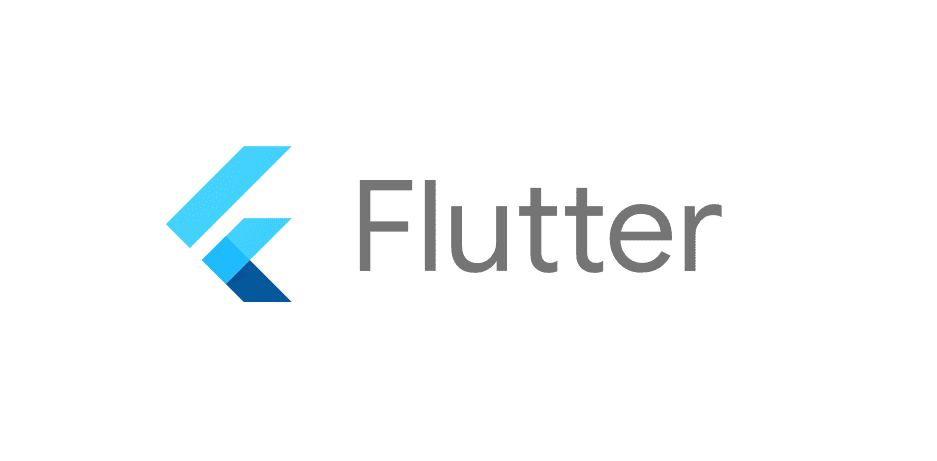Flutter is an intriguing cross-platform software development platform, and with future enhancements and adjustments, it’s possible that more ubiquitous apps may start to make use of it. Flutter was developed by Google a while back with the intention of serving as a universal framework for several operating systems. One of Flutter’s greatest benefits is that it can be used to create cross-platform apps that run on any of these platforms: Android, iOS, Linux, Windows, macOS, and the web. In light of this, during the “Flutter Forward” event in Nairobi, Kenya, the firm recently shared several major accomplishments and detailed some upcoming features.
First and foremost, Google provided further specifics on Impeller, the rendering engine that will power future versions of Flutter. Both Metal and Vulkan, the most recent low-level iOS and Android APIs, are used. The conventional Flutter rendering engine is seen on the left side of the following video. Impellor may be seen on the right.
Moreover, native, hardware-accelerated custom shaders are now supported in iOS, Android, and web browsers. In the keynote, attendees saw a demonstration of how a model made in Blender could be imported into the program, marking the official debut of the program’s support for 3D models. The div> element, a common feature of the web, may now be used to embed information in Flutter. It is an integral aspect of a unified platform for online and mobile financial transactions. Element embedding is the mechanism via which Flutter will transform into a web component. A new package named js will allow for code to be shared across Dart and JavaScript. The Dart 3 will also have its official debut.
You may be more interested in the fact that Google is starting to support new and upcoming architectures like RISC-V, if none of that does. Earlier this month, the business announced Android support for the ISA, and now it seems to be moving full speed ahead with Flutter being ported to the RISC-V architecture. We also get an exclusive look at some crucial details on how Flutter is now working on the Google Play Store, which officially debuted with Flutter 3 last year but was labeled as experimental. Today, there are more than five million Flutter developers, and more than 700,000 applications that employ Flutter may be found in the Google Play Store. In terms of the number of people who contribute to it, Google says it is in the top three open-source projects.
